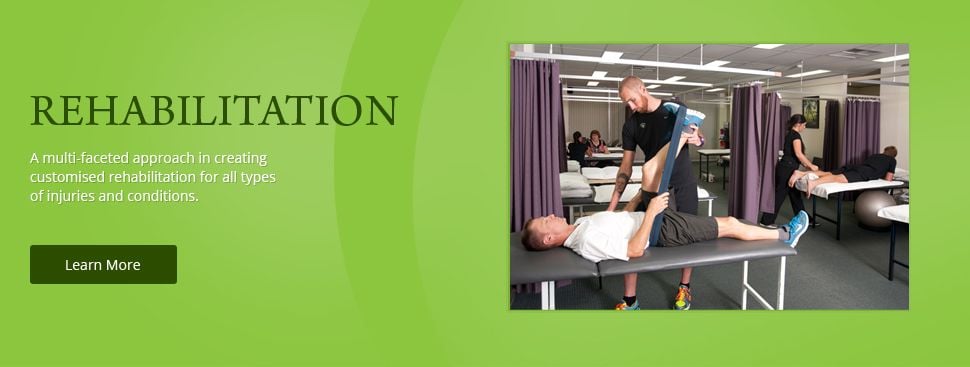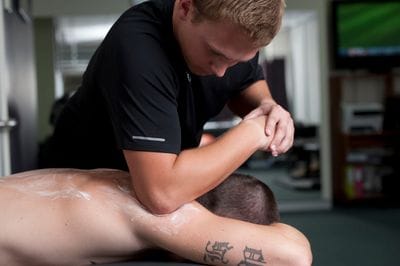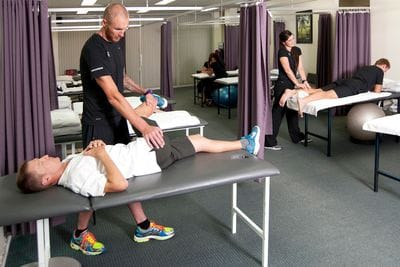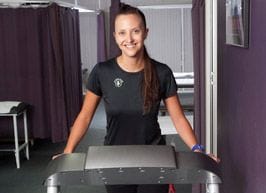Exercise Physiology
Individualised and structured exercise programs, specialised in return from injury, athletes or individuals wanting to improve performance, strength, power, speed, endurance, flexibility and/or overall lifestyle.

Hamstring Injury Prevention
)
Hamstring injuries account for the most non-contact injuries in Australian Rules Football, football and rugby union as well as track events like sprinting in Australia.
Research at the University of Queensland have found a way for elite athletes to assess and reduce their risk of hamstring injuries looking at eccentric hamstring strength in the form of a ‘Nordic Hamstring Curl’.
The research found that higher levels of eccentric hamstring strength in pre-season could dramatically reduce a player’s chance of suffering a hamstring injury during the season with the probability of a hamstring strain injury dropping to less than 10 per cent in the strongest athletes.
Improving hamstring strength by 10 Newtons decreased the risk of hamstring injury by approximately 9 per cent. This is a significant benefit and is likely that players new to exercise could improve hamstring strength by 30 Newtons in a month.
This is particularly important for athletes who are already at an increased risk of injury due to their age or because they have had a previous hamstring injury.
Players considered to have weak hamstrings in pre-season testing were 2.7 times more likely to sustain a hamstring injury than stronger players.
Major sports clubs in Australia are already using prototypes of the device and the research team is also in the early stages of trials with Rugby Union, NRL, Cricket and A-league clubs, with Hockey Australia to begin trials shortly. The research has also attracted attention from some of the world’s biggest sporting teams including English Premier League sides, National Football League teams in the USA and French Football giants Paris Saint-Germain.
What is a Nordic Hamstring Curl?
http://www.youtube.com/watch?v=2_09B6DtHdo
What is Eccentric strength?
Muscle contractions involve shortening and lengthening while the muscle is still producing force. The phase of contraction that occurs when the muscle shortens is concentric, whereas the phase of contraction that occurs as the muscle lengthens is eccentric. For example, your calf muscle shortens to rise onto your toes but lengthens to control your descent. The lowering phase is an eccentric contraction.
Full Article: http://medicalxpress.com/news/2014-09-revolutionary-hamstring-tester-players-paddock.html


)
)
)




